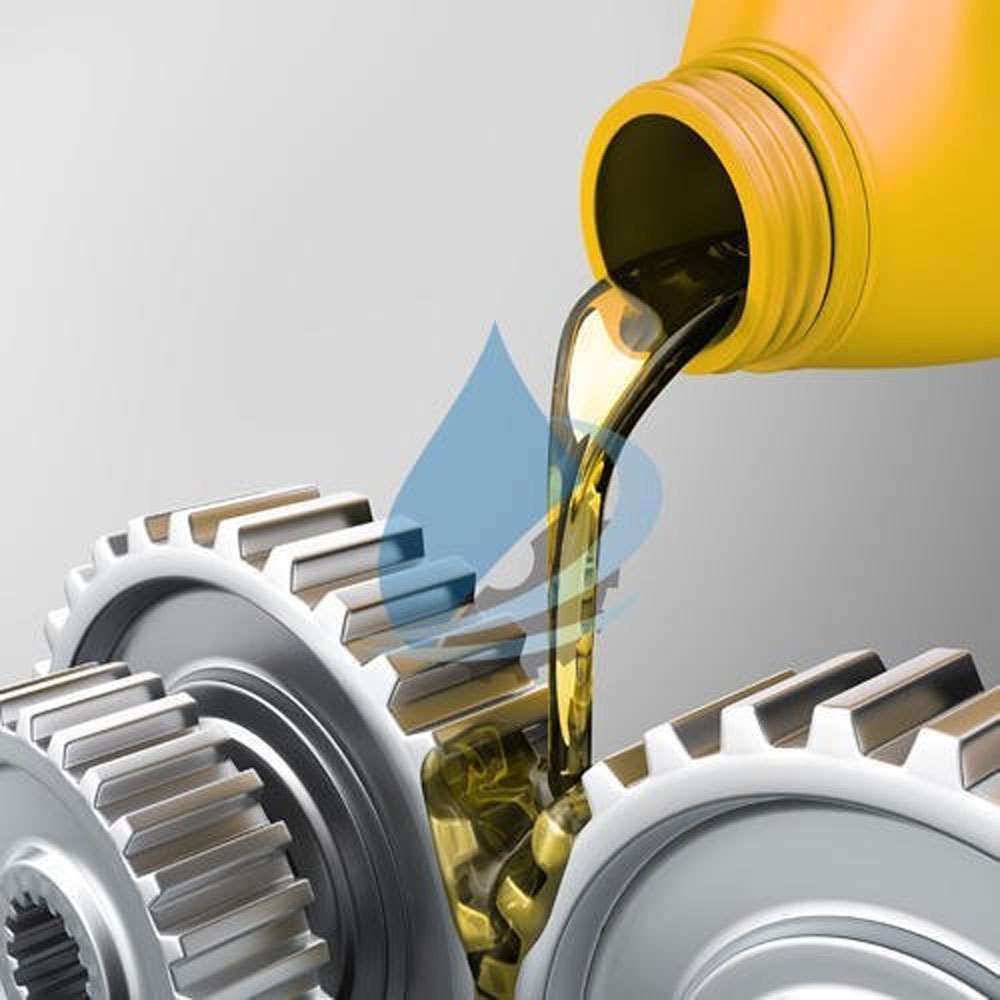Hydraulic oil is essential to the smooth operation of construction equipment, powering everything from excavators to loaders and cranes. However, when Hydraulic Oil problems arise, they can lead to equipment inefficiencies, breakdowns, and costly repairs. Identifying and troubleshooting hydraulic oil issues quickly is crucial to maintaining performance and extending the lifespan of your machinery. This article guides construction professionals through the most common hydraulic oil problems encountered on construction sites and offers practical solutions to address them effectively.
Understanding the Role of Hydraulic Oil in Construction Equipment
Hydraulic oil serves multiple purposes within construction machinery. It transmits power, lubricates moving parts, cools system components, and protects against corrosion and contamination. Because of this vital role, any issue with the hydraulic oil directly impacts the equipment’s reliability and efficiency. Troubleshooting hydraulic oil problems begins with understanding how these issues manifest and what causes them.
Common Hydraulic Oil Issues in Construction Equipment
Contamination of Hydraulic Oil
One of the most frequent and damaging problems is contamination. Dirt, water, metal particles, and other foreign materials can enter the hydraulic system, degrading oil quality and causing wear. Contaminated oil loses its lubricating properties, leading to increased friction and damage to pumps, valves, and cylinders. Symptoms of contamination include noisy operation, sluggish response, and erratic movements.
Oil Foaming
Foaming occurs when air becomes entrained in the hydraulic oil, forming bubbles that reduce the oil’s ability to lubricate and transmit power. This often results from leaks in suction lines, incorrect oil viscosity, or excessive agitation within the reservoir. Foamed oil can cause spongy control responses and increased oxidation, which accelerates oil breakdown.
Overheating of Hydraulic Oil
High operating temperatures accelerate the degradation of hydraulic oil by breaking down additives and base oils. Overheating can be caused by heavy loads, insufficient cooling, clogged filters, or low oil levels. Signs of overheating include darkened oil color, burnt smell, and decreased system efficiency. Overheated oil loses viscosity, reducing its ability to lubricate and protect.
Oil Degradation and Oxidation
Over time, hydraulic oil naturally oxidizes, forming sludge, varnish, and acids that impair system components. Oxidation accelerates in the presence of heat and contaminants. Symptoms include thickened oil, clogged filters, and increased internal wear. Oil degradation reduces overall system reliability and can cause unexpected failures.
How to Troubleshoot Hydraulic Oil Issues Effectively
Perform Regular Oil Analysis
Routine sampling and laboratory analysis provide valuable insight into oil condition, contamination levels, and degradation. Oil analysis helps detect water, particulate matter, acidity, and viscosity changes early, enabling timely maintenance actions. Establishing a sampling schedule aligned with equipment usage helps prevent major failures.
Inspect and Maintain Filtration Systems
Filters play a crucial role in removing contaminants from hydraulic oil. Regular inspection and replacement of filters prevent clogging and maintain proper oil flow. Check for signs of bypass valves activating, which indicates filter blockage. Using high-quality filters designed for your equipment ensures effective contamination control.
Check for Leaks and Seal Integrity
Leaks in suction lines or reservoir seals allow air or contaminants to enter the system, causing foaming and contamination. Conduct thorough inspections for worn or damaged seals, loose fittings, or cracked hoses. Replacing faulty seals and repairing leaks promptly restores system integrity and prevents further oil quality issues.
Monitor Oil Temperature and Cooling Systems
Excessive oil temperatures reduce oil life and system performance. Ensure cooling systems such as oil coolers or heat exchangers are functioning correctly and clean. Use temperature sensors to monitor real-time oil temperatures and avoid overheating. Adjust equipment operating conditions if overheating persists, including reducing loads or improving ventilation.
Maintain Proper Oil Levels and Use Correct Oil Grade
Low oil levels can introduce air and cause cavitation, damaging pumps and other components. Conversely, overfilling can lead to excessive foaming. Always maintain oil levels within the manufacturer’s recommended range. Using the correct hydraulic oil grade for your equipment and site conditions ensures optimal viscosity and performance.
Implement a Scheduled Oil Change Program
Replacing hydraulic oil before it reaches the end of its service life prevents many common problems. Follow manufacturer guidelines and use oil analysis results to determine the appropriate oil change intervals. Properly dispose of used oil according to environmental regulations to maintain site safety and compliance.
Training and Best Practices for Operators and Maintenance Teams
Educating equipment operators and maintenance personnel about hydraulic oil care is vital for early problem detection. Encourage prompt reporting of unusual noises, sluggish operation, or visible leaks. Proper oil handling, cleanliness during maintenance, and adherence to scheduled inspections reduce the risk of hydraulic oil issues significantly.
Conclusion: Proactive Troubleshooting Preserves Hydraulic System Health
Hydraulic oil issues in construction equipment can disrupt operations and increase costs, but most problems are avoidable with proper troubleshooting and maintenance. By regularly analyzing oil condition, maintaining filtration systems, monitoring temperature, ensuring proper oil levels, and educating teams, construction sites can protect their hydraulic systems from damage. EVISCO recommends adopting a proactive approach to hydraulic oil management, ensuring your machinery delivers reliable performance on every project. Early detection and timely intervention keep hydraulic systems running smoothly, ultimately saving time and money while extending equipment lifespan.




